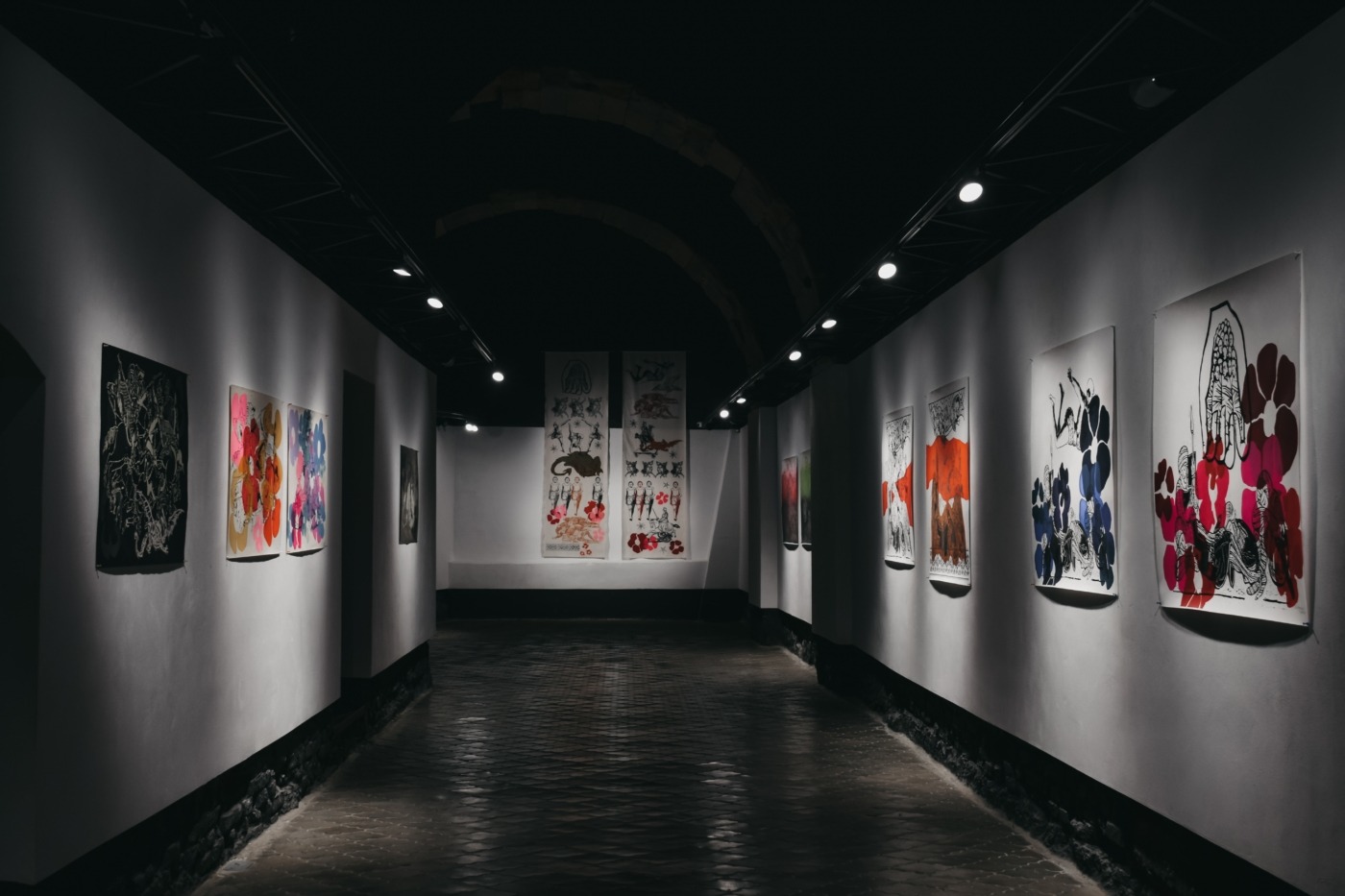Why is there a lack of disability representation in the arts?
Tennessee Williams was one of the first playwrights to directly deal with disability. His characters, Blanche Dubois, in A Streetcar Named Desire and Laura in The Glass Menagerie, were based on the struggles of his sister, who was diagnosed with schizophrenia. These plays came at a time when the topic of disability remained taboo – so much so that Rose Williams tragically underwent a lobotomy as a result of her condition. Until the 1970s, the societal approach towards people with disabilities was rather discriminatory, but has since changed as a result of many movements and reforms that have altered attitudes. Increased accessibility in public spaces, the 1995 Disability Discrimination Act and the Paralympics have all contributed to greater inclusion. But when it comes to the arts, how inclusive is this sector really in regard to disabilities?
20% of the population in the UK have identifiable disabilities, only 9% of those working in the arts sector are disabled
There is no denying that the platform for disability in the arts is more developed than ever, with more disabled actors being cast in theatre productions, and work from disabled artists being featured in galleries. For example, Blue Apple Theatre, an inclusive theatre company in Winchester, has been a pioneer in the inclusion of actors with disabilities on stage, such as when they cast an actor with Down Syndrome to play Hamlet in their 2012 production. In addition, some of the most iconic figures in the arts had disabilities themselves, such as Frida Kahlo, who after enduring an accident suffered from many injuries which left her relying on a body brace, and composer Beethoven who continued to create music after losing his hearing. But that is not to say that representation for people with disabilities in the arts is not lacking. Only 1% of the UK’s national portfolio is made up of disability-led organizations, and whilst 20% of the population in the UK have identifiable disabilities, only 9% of those working in the arts sector are disabled.
So why is this? It primarily comes from the fact that there are simply not enough people in the arts industry to represent disabled people. Art galleries and theatre companies have been creating greater inclusiveness through their projects, but this will never be fully achieved if arts bodies are not run with at least the contribution of someone with a disability.
Accessibility is also a widespread issue amongst the disabled community, with museums, galleries, theatres and music venues failing to satisfy their needs
Accessibility is also a widespread issue amongst the disabled community, with museums, galleries, theatres and music venues failing to satisfy their needs. This has often prevented disabled people from having a comfortable experience, or even from entering the space. The government is, however, taking on the Disability Champion for Arts and Culture in order to address these problems and create a more accessible aspect to the arts industry.
Efforts to ensure that there is greater inclusivity in the arts do exist, however there has to be a continued momentum for the sake of disabled people and their representation
There has been a rise in organisations committed to making the arts more inclusive, such as the London based charity, Shape, which provides opportunities for disabled individuals wanting to work in the arts and culture sector. This is done by training its participants within the different art forms, such as dance and acting. Galleries and artists are also increasingly striving to make the arts an all-inclusive platform. For example the Wellcome Collection in London is a museum that “aims to challenge how we all think and feel about health”, which has featured several artists who bring light to these issues and overall contribute to the growing diversity within the arts.
Efforts to ensure that there is greater inclusivity in the arts do exist, however there has to be a continued momentum for the sake of disabled people and their representation, whether it be by providing more opportunities for people who want to enter the arts industry, as well as by continuing to bring these issues to light.

Comments